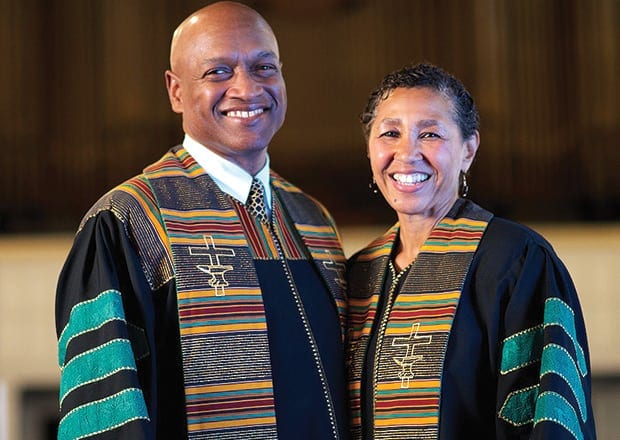
Increased life expectancy has undoubtedly brought some good times, but it also ushered in a number of chronic illnesses, including high blood pressure, cancer, stroke … and Alzheimer’s disease.
Caregivers are often needed to help patients with these diseases, but AD carries a heavier toll than others. It has spurred the growth of a large network of informal, or personal, caregivers. Those who care for people with dementia are more likely to provide care for five years or longer and they suffer substantial economic difficulties as a result.
Some care givers have to decrease work hours on the job, turn down promotions or stop working altogether. The consequences are loss of wages, health insurance, retirement savings and even Social Security benefits.
Females assume the brunt of the work. Two-thirds of the caregivers are women, and one-third takes care of two or more people. Females do more personal care, including bathing, dressing and toileting, while men focus more on financial affairs.
Older adults are not exempt from this task. The average age of people who care for someone older than 65 is 63. Additionally, the number of hours dedicated to caregiving increases with age. Those between the ages of 65 and 74 devote almost 31 hours a week to taking care of someone. That’s largely because older adults are caring for their elderly spouses.
The economic impact of family caregiving is sizeable. According to a study by the Rand Corporation, a think tank in CA, family members and friends spend an estimated 30 billion hours each year caring for the elderly at a cost of roughly $522 billion a year. This cost is an estimate of income lost during the time that unpaid caregivers spend on eldercare.
African Americans are hit particularly hard. A study recently published by the African American Network Against Alzheimer’s determined that the value of personal caregiving exceeded all other costs of care for blacks with AD, at almost $44 million dollars in 2012. That estimate is expected to rise as life expectancy for blacks — and particularly black females — is on the increase.
It’s not just economics that poses a problem. Caregivers have to become experts in understanding AD and what it does to its victims. The Alzheimer’s Foundation of America found that people were aware of – and expect – the change in cognition, but were not always prepared for the behavioral changes, such as aggressiveness and hallucinations. It was often the behavioral changes that drive caretakers to seek advice from mental health professionals.
The National Institute on Aging has developed an easy-to-use guide to help people taking care of someone with AD. It offers advice on such issues as coping strategies, sources of paid help, legal advice and planning for the future. For instance, the guide suggests tips on how to improve communication with someone with AD. Problems with communication can be one of the first symptoms of AD to surface. As an example, instead of asking what he or she wants to eat for dinner, limit the choices. “Do you want hamburger or chicken for dinner?” is an easier question to answer, as it offers just two selections. Keep things simple, the guide recommends. Follow a daily routine. More than anything — take a step back when things get too tough.
And that is part of the problem. The caregiver often needs care as well. MetLife compared medical care costs between non-caregivers and caregivers and found that depression, diabetes and heart disease, for example, were more prevalent among care-givers — particularly those between the ages of 18 and 39 — at a cost of $13.4 billion dollars a year to U.S. companies.
The NIA caregivers guide can be found at http://www.nia.nih.gov/sites/default/files/caring-for-a-person-with-alzheimers-disease.pdf.







